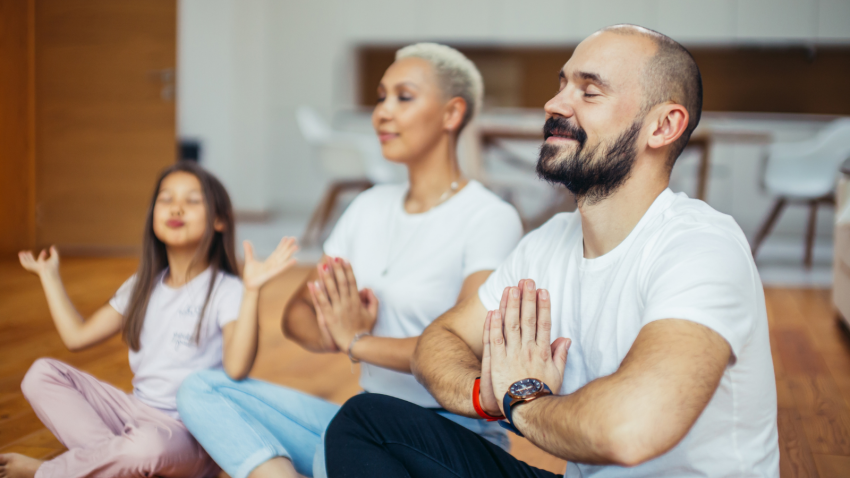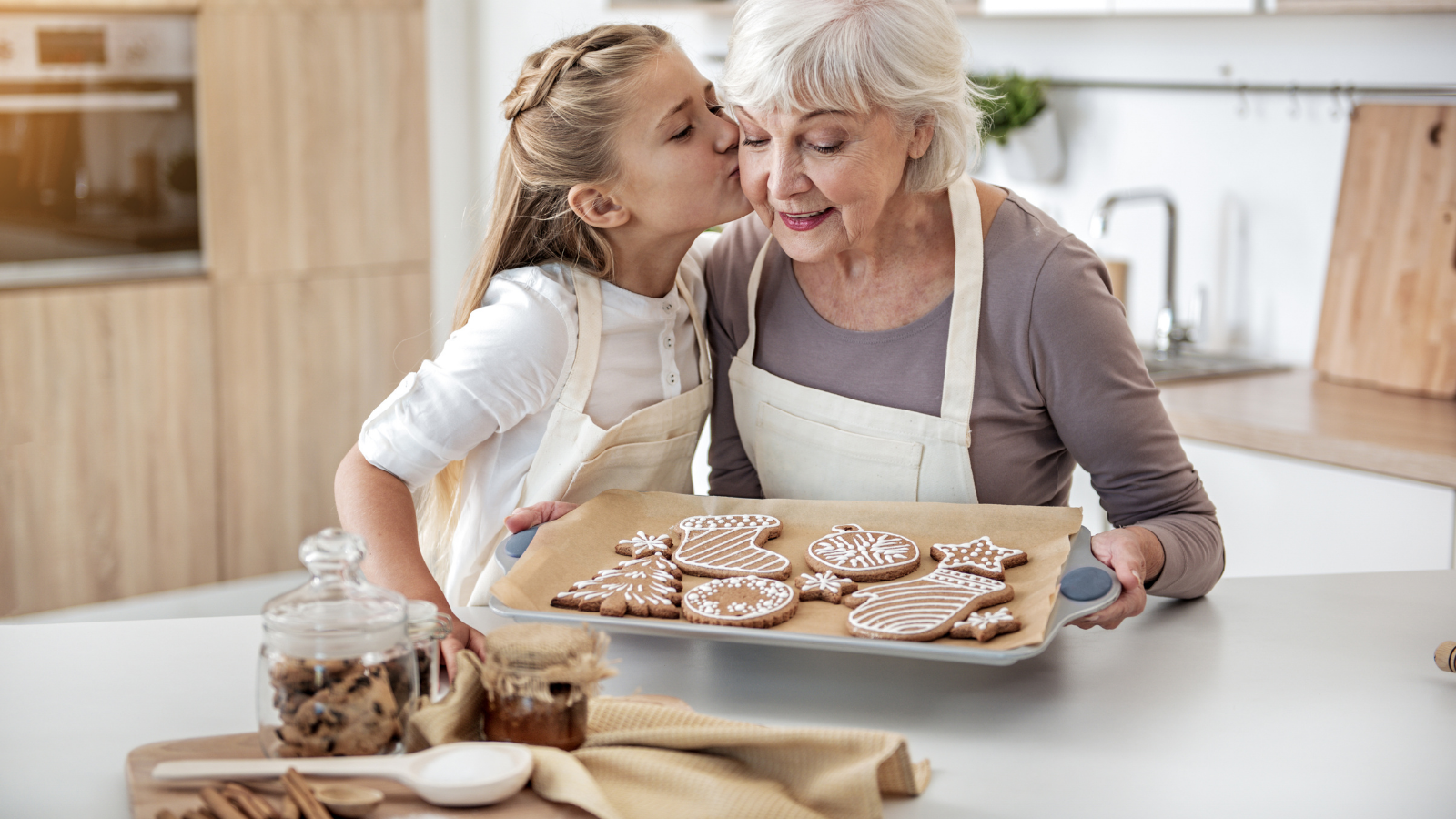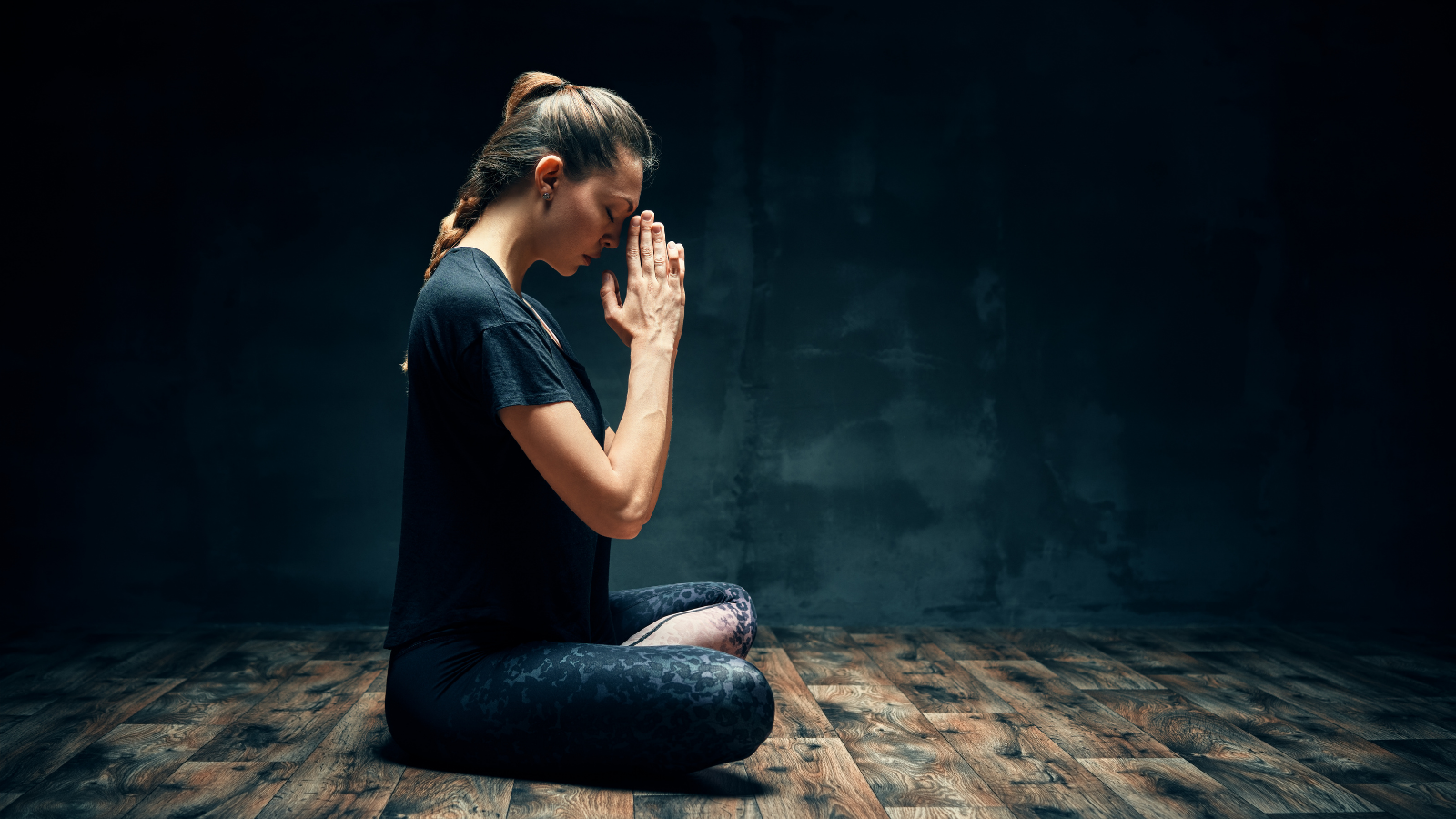View basket (0 items $0.00)
Error message
- Notice: unserialize(): Error at offset 5 of 154 bytes in variable_initialize() (line 1202 of /home/dh_6hcdc2/yogau.online/docroot/includes/bootstrap.inc).
- The file could not be created.
- The file could not be created.

Practice Aparigraha for the Holidays: How Yoga’s Non-Attachment Can Create Holiday Happiness
“It’s the most wonderful time of the year!” You’ve probably heard this song more than once in the last few months. Big box stores, grocery stores, local shops, downtown streets—all have been broadcasting holiday music pretty much since the day after Halloween. And for many people, the holidays truly are the most wonderful time of the year. For others, the holidays spell stress, often as we try to live up to all that “wonderfulness.” For still others, change and loss may have irrevocably altered our beloved traditions. As yoga practitioners, we have an invaluable resource to help us deal with holiday stress, and to inspire us to create new, sustainable traditions: aparigraha.
Aparigraha (non-attachment) is the fifth of yoga’s yamas. The yamas are five moral/ethical precepts listed in the Yoga Sutras of Patanjali. The yamas—which include non-harming (ahimsa), truthfulness (satya), not taking what isn’t offered (asteya), and wise use of sexual energy (brahmacharya)—are the foundation of yoga practice. They are intended as guidelines that we consider as we move through our practice and our lives.
People often equate non-attachment with indifference. If we don’t form attachments how can we form relationships? What’s wrong with enjoying the things we love? Letting go of attachment doesn’t mean that we can’t form bonds with others. It also doesn’t mean that we can’t enjoy the pleasures in our lives. The wisdom of aparigraha is in understanding that our lives are fluid. All our pleasant experiences, relationships, and possessions, along with the unpleasant ones, will one day disappear. To be attached is to invite future suffering. When we understand impermanence, we can live more fully and can treasure what we love in each moment even more.
How Aparigraha Can Ease Holiday Stress

Much of the stress we experience during the holidays is due to the expectations we place on them. Recently, I had a conversation with a friend and colleague. Her dear father, with whom she was very close, passed away a few months ago. She felt at sea about how she would enjoy her holidays without him. This reminded me of the first holiday season after my own father passed away suddenly from a heart attack in 1984. My father loved the holidays. He loved making a big deal out of them for our family. After he passed, my familiar foundation for celebrating the holidays had disappeared. How could the holiday season ever be the same?
Well, it couldn’t. But that didn’t mean that I couldn’t come up with ways to celebrate that were just as satisfying, albeit very different. After my dad passed, I traveled to be with my mother and sisters off and on over the years, because the holidays are supposed to be family time. However, my sisters and I are musicians. I couldn’t travel until my orchestra gigs were over for the season. My sisters are always very busy with choral music around the holidays, so when I’d visit, we didn’t have much downtime to simply hang out. If I wanted to spend more time with them, it was better to visit any time but the holidays.

Letting go of the idea that the holidays should be about family opened up a new realm of possibilities for celebrating. Last year during COVID, my spouse and I did a five-day silent meditation retreat at home over the holidays. A few years ago, we soaked in a hot spring. We’ve gone snowshoeing several times. Other years, we’ve gone to potluck dinners with friends. And some years, we’ve done nothing at all. What has allowed me to enjoy the day, no matter what I did or didn’t do, was the fact that I’d let go of expectations that my holidays should look a certain way.
How to Practice Aparigraha
So how can we cultivate aparigraha? How can we become more comfortable with letting go of the things to which we feel most attached? Like everything, it takes practice. Here are two methods I’ve found to be helpful:
Mindfulness Practice

The key to letting go of attachment is to understand that everything is changing, all the time. We can do this by reflecting on the evolution of our own lives—the changes in our physical bodies, our knowledge, our attitudes, our preferences, and our habits over the years. We can also cultivate aparigraha by practicing mindfulness. Being mindful gives us an intimate experience of the truth of moment-to-moment change.
Try this simple exercise: place your hands together, interlacing your fingers, or placing your hands in a Prayer Position (Anjali Mudra). Close your eyes and tune into your hands, noticing whatever sensations are arising. Do you feel warmth, coolness, pressure, heaviness, lightness, pulsing, or vibration? Or do you feel a combination of these and other sensations, arising, dissolving, or migrating elsewhere? Spend a minute or two simply feeling your hands. This is just a quick example of the change that’s happening in every moment of awareness. Being aware of change at this intimate level can help us become comfortable with the reality of change in our lives.
Generosity Practice

If the holidays are associated with one quality, it’s generosity. In Buddhist practice, generosity (dana) is the first of the 10 perfections (paramitas). Practicing generosity is just as important as practicing meditation. The Buddha said, “If you knew, as I do, the power of generosity, you would never let a meal go by without sharing.”
We can practice generosity with material goods, as we do when we gift our friends and family members, or when we donate to charitable causes or people in need. If our own financial resources are slim, we can be generous with our time. We can volunteer for non-profit organizations. One friend takes her family to serve holiday dinners to homeless populations each year. Simply taking time to reach out to a friend or family member who’s going through a rough patch is a powerful act of kindness.
My teacher suggests that when the impulse to give arises, always act on it. This helps us develop a habit of generosity, which leads to aparigraha. The more we give, the more we understand the power of generosity, and the less we feel attached to our material, energetic or temporal resources.
Letting Go of Expectations

Shakespeare wrote, “There is nothing either good or bad but thinking makes it so.” It’s not easy to let go of our dearly held ideas about how our holidays should look, especially when we’ve spent time and energy hoping to create a warm and welcoming experience for ourselves and our loved ones. But often it’s those ideas that keep us from enjoying how our holidays actually play out. This doesn’t mean we can’t plan and prepare to create the holiday spirit we envision. But practicing aparigraha, letting go of our expectations, can free us to enjoy whatever comes.

Charlotte Bell began practicing yoga in 1982 and began teaching in 1986. She was certified by B.K.S. Iyengar in 1989 following a trip to Pune. In 1986, she began practicing Insight Meditation with her mentors Pujari and Abhilasha Keays. Her asana classes blend mindfulness with physical movement. Charlotte writes a column for Catalyst Magazine and serves as editor for Yoga U Online. She is the author of three books: Mindful Yoga, Mindful Life, and Yoga for Meditators, both published by Rodmell Press; and Hip-Healthy Asana: The Yoga Practitioner’s Guide to Protecting the Hips and Avoiding SI Joint Pain, published by Shambhala Publications. She also edits Hugger Mugger Yoga Products' blog and is a founding board member for GreenTREE Yoga, a non-profit that brings yoga to underserved populations. A lifelong musician, she plays oboe and English horn in the Salt Lake Symphony and the folk sextet Red Rock Rondo whose 2010 PBS music special won two Emmys.
Featured Courses









